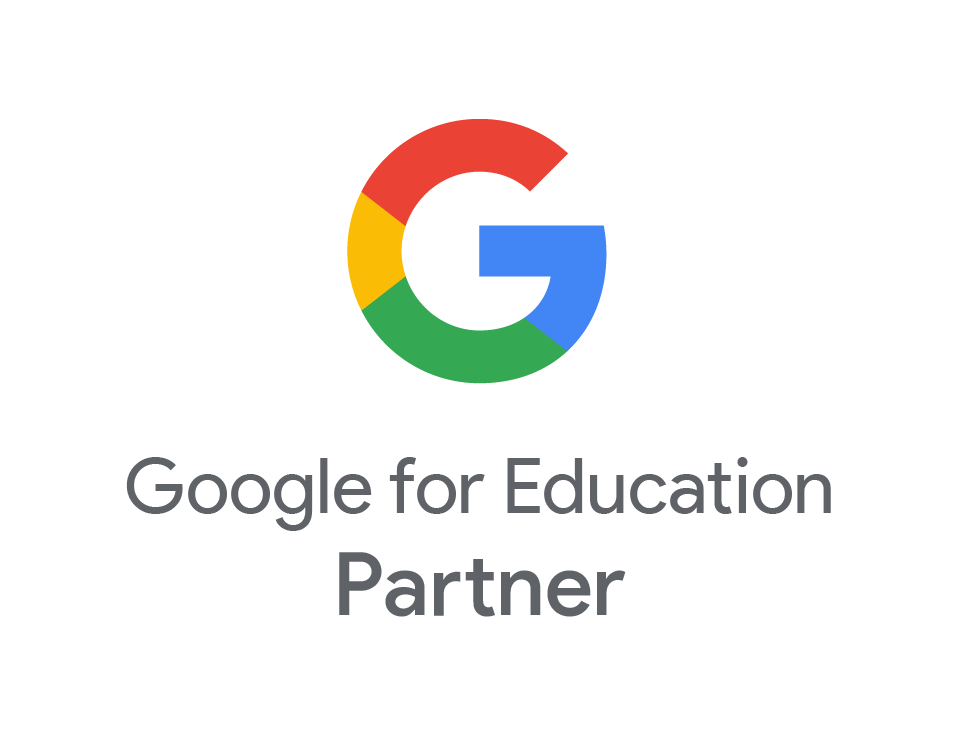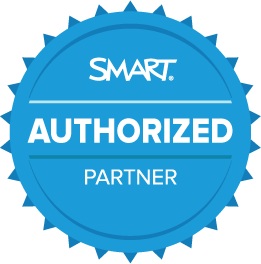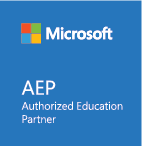How interactive learning will shape the classrooms of the future
- Jul
- 01

The competition for students’ wandering attention is steeper than ever. Snapchatting has replaced note passing, and push notifications distract from even the most interesting lessons. For most students, mobile phones and electronic devices are the centre of their budding universe.
But that can actually work to a teacher’s advantage.
The classrooms of tomorrow embrace tech, using a variety of device-supported, interactive learning methods to fully engage students in the material.
What is interactive learning?
According to Australia National University, “Interactive learning is a hands-on/real life approach to education founded upon building student engagement through guided social interaction.” It’s designed to create a “challenging but encouraging space for students to wrestle with novel concepts and develop practical skills.”
Here’s what future classrooms might look like as interactive learning continues to evolve:
Highly creative lesson plans
In the past, dusty black and white chalkboards were the focal point of the classroom. (No wonder they couldn’t always hold our attention!)
Today, educators who understand the value of interactive learning employ a variety of mixed media like gamified content, video clips, quizzes, polls and social media, to keep lessons interesting.
Educators who understand the value of interactive learning employ a variety of mixed media.
For more complex material, teachers may cycle through several different software systems or web applications, making previously resource-intensive lessons easier to complete.
Interactive learning offers educators the ability to adapt and change lessons easily to accommodate different learning styles or simply to keep students engaged.
Increased student engagement
Interactive learning also promotes a culture of engagement. As students become more deeply invested in the material, their brains are less likely to succumb to distraction or shut off in the middle of a lesson.
Some classrooms accomplish this with digital whiteboards, which help students conceptualise subjects like never before. Even complex or seemingly unreliable material transforms into an immersive learning experience.
Even complex or seemingly unreliable material transforms into an immersive learning experience.
Students may also be invited to more fully engaged with a lesson by inviting them to take more ownership in the learning process.
For example, some classrooms provide students with screen recording software. This lets them share what’s on their laptop or tablet and ask the rest of the class questions about a particular passage or concept. In this way, engagement becomes contagious as other students take part in the conversation and offer their insights.
Better communication
It’s these conversations that foster better communication among students. Tomorrow’s classrooms encourage students to take their conversations and collaborations online. In doing so, they learn ways to work with remote and in-person teams and better communicate their ideas and plans.
Specifically, social media has been used to fuel communication through lessons using:
- Facebook Groups:These discussion forums make it easy for students to respond to teacher prompts while encouraging them to interact with other student posts. Collective comments can be monitored by teachers, making it easy for them to address any emerging themes or questions.
- Twitter Hashtags:Unique hashtags can be used to lead and facilitate group discussions pre- or post-lesson. Twitter feeds help students feel more invested in the class’ proposed questions or ideas, allowing them to respond to other discussions taking place among the group.
It’s also an ideal learning experience for students who struggle with sociability. Suddenly, instead of being too shy to participate, introverted learners can interact and communicate with classmates from the comfort of their devices.
Introverted learners can interact and communicate with classmates from the comfort of their devices.
Students may also use video conferencing technology to communicate and collaborate with peers anywhere in the world, making them more culturally competent, global learners.
More independent learners
Most classrooms contain students of various abilities and aptitudes. Interactive learning makes it easy for teachers to slow down or speed up lessons based on a student’s individual interest level and learning style.
This is especially impactful for students who may outpace the rest of the class.
Teachers could easily push additional resources out to the mobile phones, laptops or tablets of accelerated learners. They can then view these while waiting for their classmates to complete an in-class assignment, or after the school day. Either way, it encourages independent study of subjects that feel the most interesting.
Tech-savvy students
Whether using Twitter to report about an event in real-time or exercising safe search practices to identify reputable sites from unreliable ones, interactive learning increases the technology competent student body.
Students are also likely to master a variety of software applications and devices in the process.
According to Larry Bernstein at EdTech magazine, here are tech tools students in one Cambridge International study say they use:
48%
Use desktop computers
42%
Use smartphones
33%
Use interactive whiteboards
20%
Use tablets
Many interactive learning strategies rely on the latest technology, ensuring students get daily, hands-on practice with the tech most likely to follow them into the workforce.
Exactly how interactive learning will shape the classrooms of the future is still coming into focus. For now, we see clearly that interactive learning strategies are transforming devices once thought of as distracting into active partners during the learning day. As technology continues to evolve, so will these interactive learning environments, transforming student futures well beyond graduation day.






